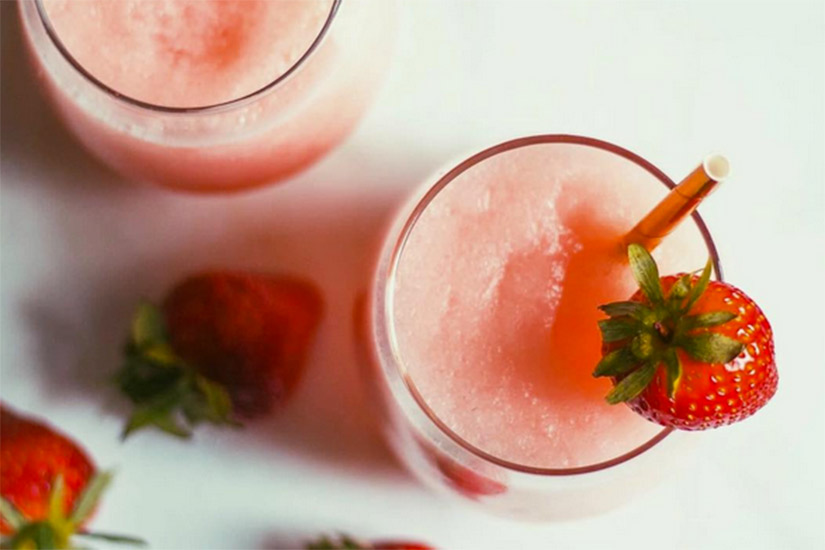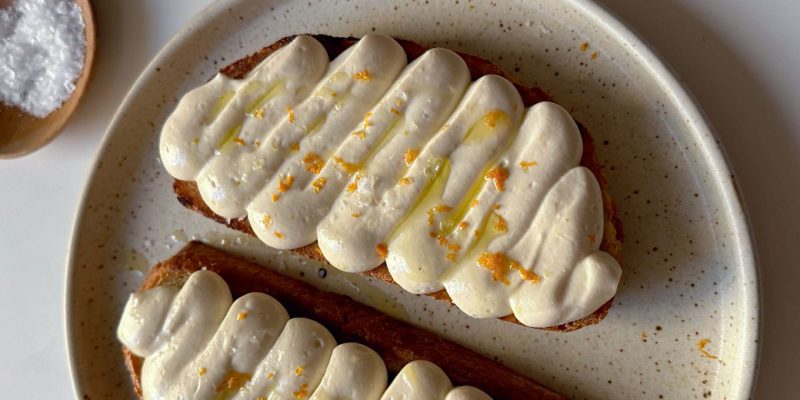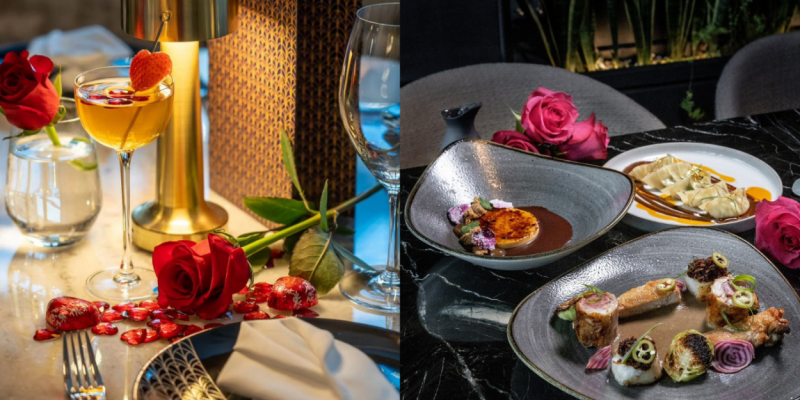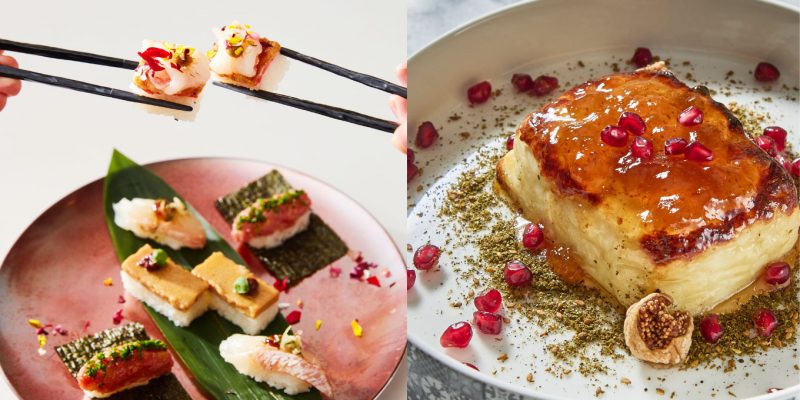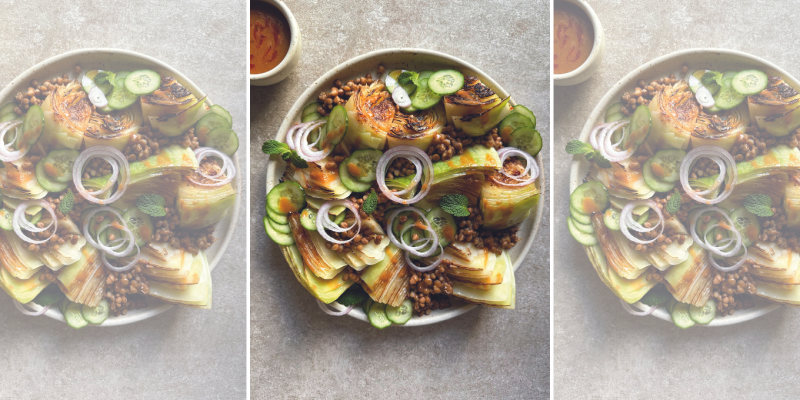World, meet frosé. Yup, frozen rosé. Variations of this very Instagrammable wine slushie are popping up at bars and restos around Canada. They look like strawberry daiquiris, but are typically made of a combination of rosé (obviously), lemon and sugar and typically some other spirit like vodka, gin or Grand Marnier. They are then chilled in a slushie machine.
The good news? You can make your own at home.
Frosé recipe
Here’s a recipe from Kim Crawford wines: pour rosé into several ice cube trays and freeze. Use a food processor or blender to slushify (our word). The wine can be served directly or frozen for up to a week.
Thirsty yet? Before you make your batch, read our refresher on rosé.
Rosé buying tips
You don’t need to spend a fortune. “You can get a nice, dry, refreshing rosé for under $20,” says sommelier and wine journalist Sara d’Amato. She recommends: Château Léoube or Benjamin Bridge Cabernet Franc rosé. The ELLE Canada team is currently obsessed with La Fage Miraflors Rosé Cotes Du Roussillon.
The newer, the better. You want to drink rose when it’s fresh, ideally 2016 or 2015 vintages. Any older and the fruit tastes dried out. Also, look for an alcohol content below 13.5% – it will taste far more refreshing.
When in doubt, make it French. “The Côtes de Provence makes those very dry styles they are very pale pale pink which is quite chic right now, says d’Amato. “If you like that style that’s your best bet.”
Serve it chilled. Seems obvious, but rosé should be the same temperature as a chardonnay or white burgundy – about 10 C.
It’s best drunk in a tulip-shaped wine glass. Rosé need some aeration, but not as much as a big red wine, so this type of glass will bring out the delicious berry flavours. Don’t bother decanting it. It won’t hurt it, but it’s not necessary.
